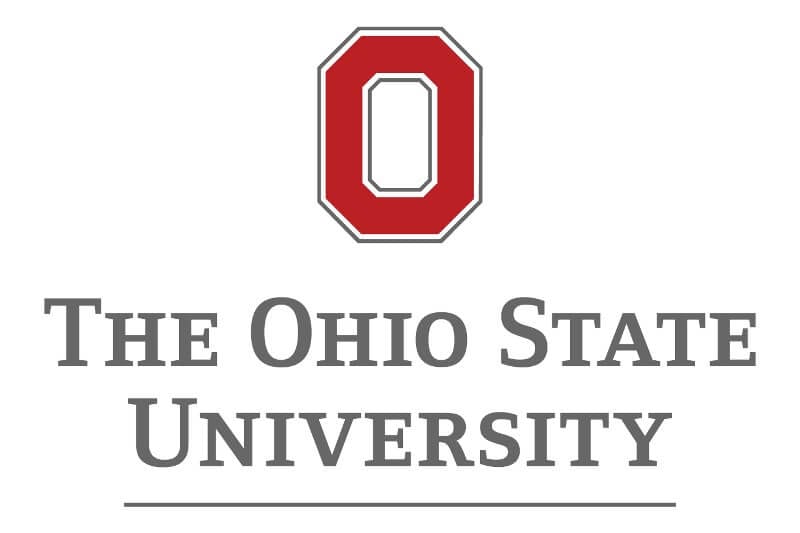Imagine strapping on a virtual reality headset and “walking” through a long-gone neighborhood in your city – seeing the streets and buildings as they appeared decades ago.
That’s a very real possibility now that researchers have developed a method to create 3D digital models of historic neighborhoods using machine learning and historic , co-author of the study and professor of , outreach coordinator of CURA. “So most of the homes were lost to the highway not long after they were built.”
The other neighborhood in the study was Driving Park, which also housed a thriving Black community until I-70 split it in two.
The researchers used 13 Sanborn maps for the two neighborhoods produced in 1961, just before I-70 was built. Machine learning techniques were able to extract the data from the maps and create digital models.
Comparing data from the Sanford maps to today showed that a total of 380 buildings were demolished in the two neighborhoods for the highway, including 286 houses, 86 garages, five apartments and three stores.
Analysis of the results showed that the machine learning model was very accurate in recreating the information contained in the maps – about 90% accurate for building footprints and construction materials.
“The accuracy was impressive. We can actually get a visual sense of what these neighborhoods looked like that wouldn’t be possible in any other way,” Miller said.
“We want to get to the point in this project where we can give people virtual reality headsets and let them walk down the street as it was in 1960 or 1940 or perhaps even 1881.”
Using the machine learning techniques developed for this study, researchers could develop similar 3D models for nearly any of the 12,000 cities and towns that have Sanborn maps, Miller said.
This will allow researchers to re-create neighborhoods lost to natural disasters like floods, as well as urban renewal, depopulation and other types of change.
Because the Sanborn maps include information on businesses that occupied specific buildings, researchers could re-create digital neighborhoods to determine the economic impact of losing them to urban renewal or other factors. Another possibility would be to study how replacing homes with highways that absorbed the sun’s heat affected the urban heat island effect.
“There’s a lot of different types of research that can be done. This will be a tremendous resource for urban historians and a variety of other researchers,” Miller said.
“Making these 3D digital models and being able to reconstruct buildings adds so much more than what you could show in a chart, graph, table or traditional map. There’s just incredible potential here.”
Editor’s note: An Ohio State News story on an earlier version of this study was published here.
If our reporting has informed or inspired you, please consider making a donation. Every contribution, no matter the size, empowers us to continue delivering accurate, engaging, and trustworthy science and medical news. Independent journalism requires time, effort, and resources—your support ensures we can keep uncovering the stories that matter most to you.
Join us in making knowledge accessible and impactful. Thank you for standing with us!

